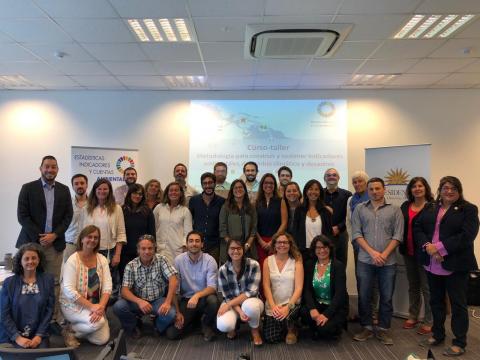News
Description
The training on the Disaster Assessment Methodology was requested by the Ministry of National Planning and Economic Policy (MIDEPLAN), as part of the ministry’s efforts to improve disaster risk management and reduce risk in the country.
The course is imparted during three days, and combines expositions of the methodology with practical cases to allow participants to apply the different concepts and methods. The training is designed for policy makers and professionals involved directly with disaster risk management and risk reduction. Additionally, and since the methodology has a multisectoral approach, it is also designed for sector specialists, some of the sectors included are: health, education, housing, energy, transportation, tourism, commerce, agriculture, water and sanitation and industry.
The main objective of the course is to provide country experts and personnel involved with disaster risk management with a comprehensive understanding of the Disaster Assessment Methodology. The methodology follows a comprehensive approach, and provides a multisectoral overview of the situation after a disaster, as well as an economic estimate of the damages, losses and additional costs. Participants will understand the complexity of a disaster by analyzing each sector individually, but also by understanding the effects of each sector in the whole of society and economy.
On the other hand, when formulating and estimating the financial requirements of a recovery and reconstruction strategy, it is essential to have quantitative information on the effects and impacts of the disaster and estimates of the economic cost it represents. A general description of the impact of disasters and quantification and valuation of the damage, losses and additional costs they entail provide a gauge of what resources are essential for re-establishing the functionality of economic and social activities and for making the investments needed to enhance the resilience of physical, economic and social infrastructure against future such events, with a view to reducing vulnerability in the long term.


